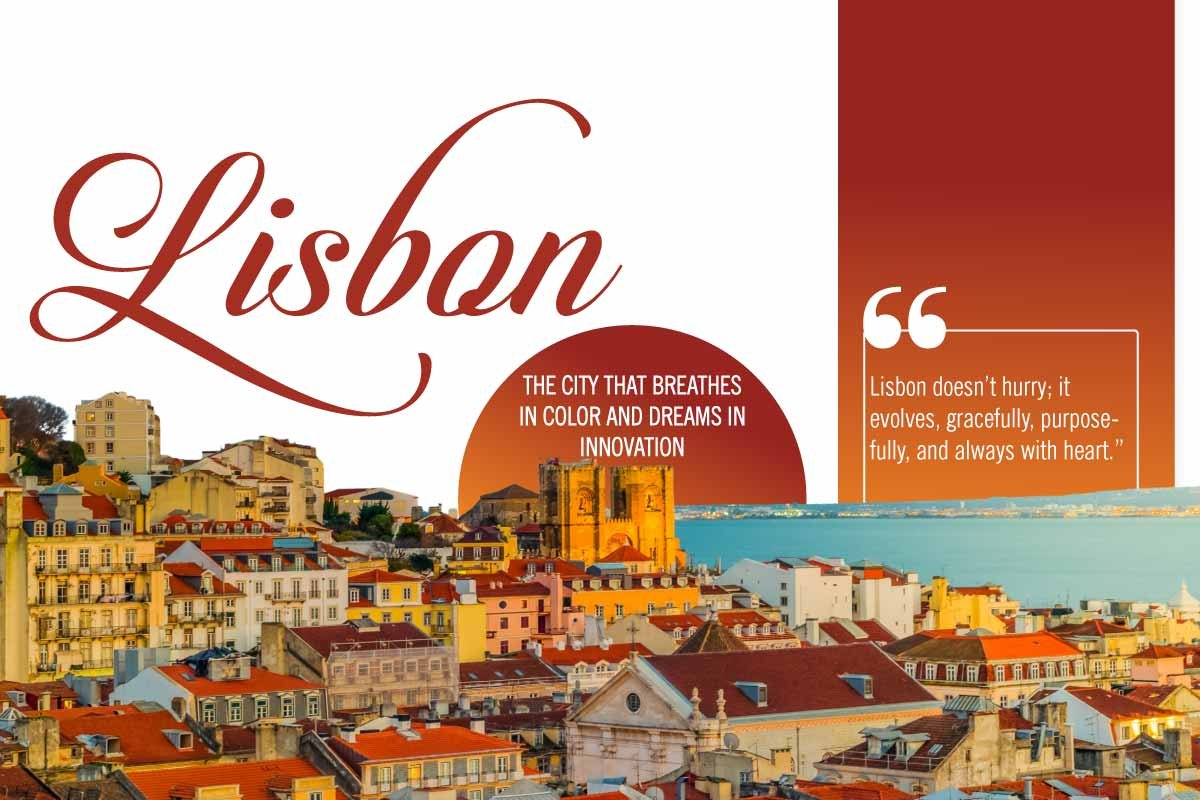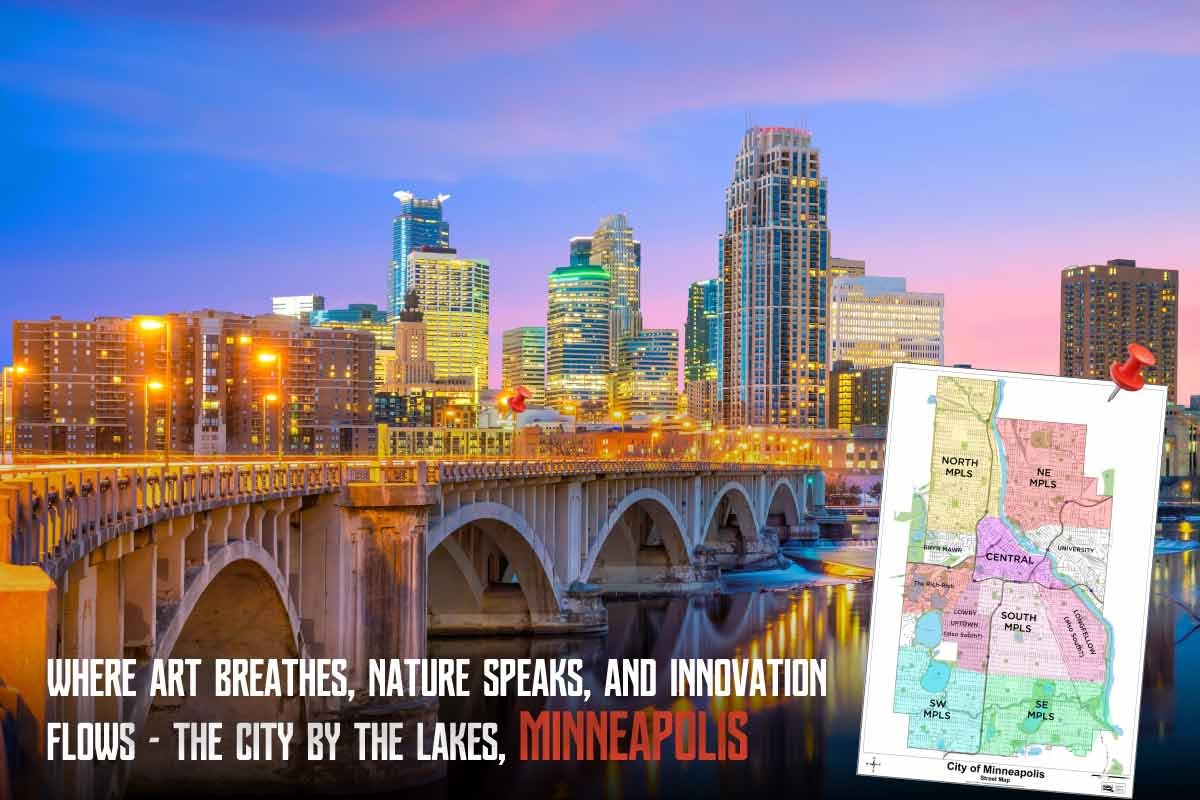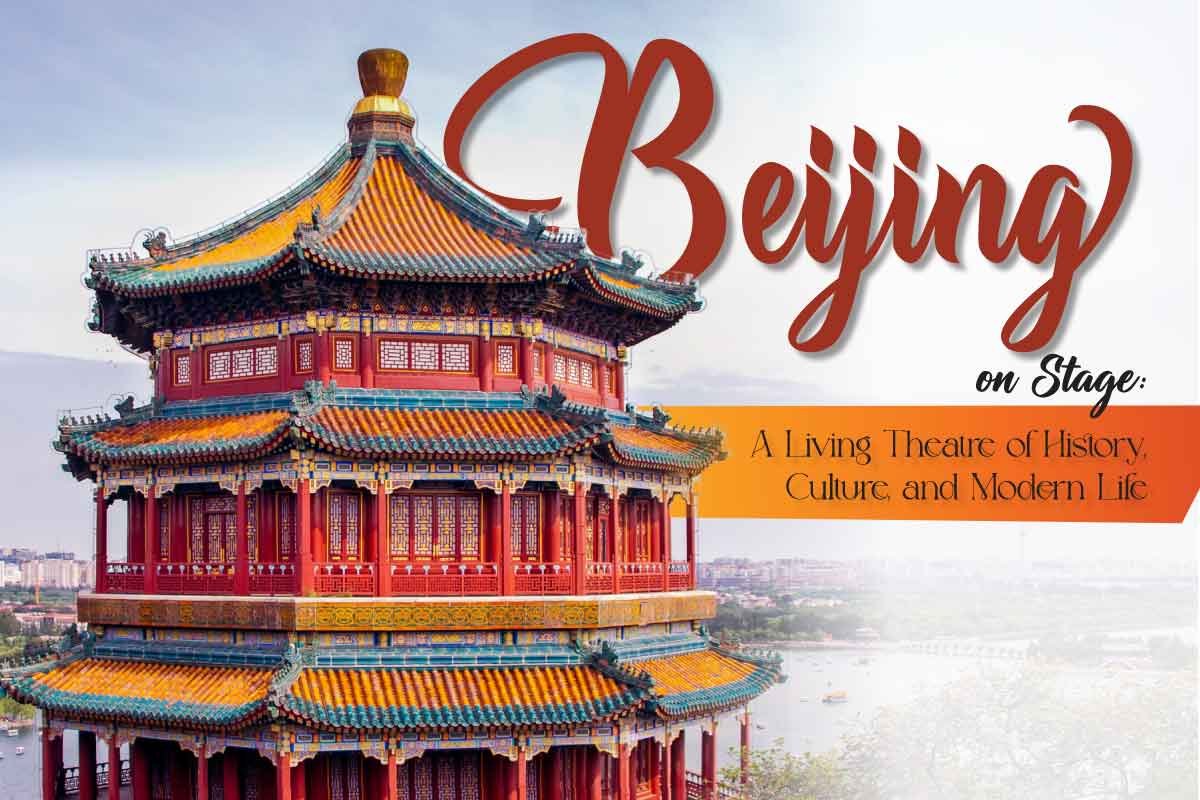Source-outlooktravelmag
A city where urban life seamlessly blends with nature— Copenhagen. It is a city that combines historic charm, modern sophistication, and vibrant culture. This blend of urban and natural beauty makes Copenhagen a uniquely refreshing city where one can efficiently reconnect with nature within the metropolitan environment. Whether you are exploring its iconic landmarks, savoring its delicious cuisine, or simply soaking up its laid-back atmosphere, the Danish capital provides a memorable experience. This delightful city may leave you overjoyed and wanting to come back. In this article, we will explore more about this place.
Climate of Copenhagen:
Copenhagen has a temperate oceanic climate, with cool summers and mild winters. The city is located in the southern part of Denmark, influenced by the North Sea and the Baltic Sea. Summer temperatures usually range from 15°C to 25°C (59°F to 77°F), while winter temperatures tend to be around freezing, sometimes dropping below. Rainfall is fairly consistent throughout the year, with slightly less rain in late spring and early summer. Copenhagen may experience windy and cloudy days, especially in winter. Overall, the climate is moderate, making it a pleasant destination for visitors throughout the year.
Geographical Range:

Located on the eastern coast of the island of Zealand and partially on the island of Amager, Copenhagen is situated at the intersection of the North and Baltic Seas. The city features a picturesque landscape with charming canals, lush parks, and historic architecture.
Culture of Copenhagen:
Copenhagen is known for its vibrant culture that combines modernity with tradition. The city is recognized for its progressive mindset, embracing sustainability, innovation, and inclusivity. This is evident in its bicycle-friendly streets, cutting-edge architecture, and commitment to renewable energy. The cultural scene in Copenhagen is diverse, with a variety of museums, galleries, and theaters to explore, including the iconic Tivoli Gardens, known for its enchanting rides and live performances. The culinary options in the city are also varied, ranging from Michelin-starred restaurants to trendy street food markets, showcasing Copenhagen’s culinary creativity. With its historic streets and picturesque canals, Copenhagen offers a laid-back sophistication that invites visitors to explore and appreciate its rich heritage and contemporary flair.
Top 5 Local Foods in Copenhagen:

- Smørrebrød: This traditional Danish open-faced sandwich is made with rye bread and topped with a variety of savory ingredients such as pickled herring, smoked salmon, roast beef, and creamy spreads.
- Frikadeller: Danish meatballs are made from a combination of ground pork and veal, seasoned with onions, nutmeg, and parsley, and then fried until they are golden brown.
- Stegt flæsk: Crispy pork belly is served with boiled potatoes and parsley sauce, a dish that is loved by locals for its hearty and flavorful taste.
- Æbleskiver: These fluffy, spherical pancakes are a popular Danish treat that is typically enjoyed during the festive season. They are served with powdered sugar and jam.
- Smørkage: A Danish layer cake is made with thin sponge cake layers filled with custard or whipped cream, topped with chocolate icing. It is a delightful treat for those with a sweet tooth.
Famous Places in Copenhagen:
- Nyhavn: The iconic waterfront district is well-known for its colorful 17th-century townhouses, vibrant atmosphere, and variety of restaurants and cafes.
- Tivoli Gardens: Tivoli Gardens is one of the world’s oldest amusement parks, offering charming rides, beautiful gardens, and cultural performances. It is a must-visit attraction for visitors of all ages.
- The Little Mermaid: Inspired by Hans Christian Andersen’s fairytale, the bronze statue of the Little Mermaid is a symbol of Copenhagen and a popular tourist landmark.
- Christiansborg Palace: Home to the Danish Parliament, Prime Minister’s Office, and Supreme Court, Christiansborg Palace is a magnificent architectural marvel that offers guided tours for visitors to explore its grand interiors.
- Rosenborg Castle: Built in the Dutch Renaissance style, Rosenborg Castle is a stunning royal residence housing the Danish crown jewels and a rich collection of historical artifacts.
Things to Do in Copenhagen:

- Cycling Tour: Explore the city like a local by renting a bike and pedaling through Copenhagen’s extensive network of bike lanes, parks, and waterfront promenades.
- Canal Cruise: Take a relaxing canal cruise to enjoy Copenhagen’s picturesque waterfront, historic landmarks, and modern architecture from a new vantage point.
- Visit Museums: Explore Danish art, culture, and history by visiting renowned museums like the National Gallery of Denmark, the Design Museum Denmark, and the National Museum of Denmark.
- Sample Danish Cuisine: Experience a culinary adventure by trying traditional Danish delicacies at various local eateries, food markets, and bakeries located throughout the city.
- Shop at Strøget: Explore Strøget, one of Europe’s longest pedestrian streets, which is lined with a variety of shops, boutiques, cafes, and street performers, providing something for everyone to enjoy.
Best Time to Visit Copenhagen:
The optimal time to visit Copenhagen is during the summer months, from June to August, when the weather is mild and the city hosts outdoor festivals, events, and cultural activities. However, shoulder seasons such as spring (April to May) and autumn (September to October) also provide pleasant weather and fewer crowds, making them suitable for easy exploration of the city.
Advice for Tourists:
- Bring Layers: The weather in Copenhagen can be unpredictable, so it is recommended to dress in layers and bring a waterproof jacket, particularly if visiting during the transitional seasons.
- Use Public Transportation: Copenhagen has an efficient public transportation system that includes buses, trains, and the metro, making it easy to sail across the city without needing a car.
- Respect Local Customs: It is important to remember to use phrases like “please” and “thank you” and to be mindful of local customs and etiquette when interacting with Danes, as politeness and courtesy are highly valued in their culture.
- Stay Safe: Copenhagen is typically a safe city for tourists. However, it is important to stay alert and take necessary precautions to safeguard yourself and your belongings, particularly in busy tourist areas.
- Embrace Hygge: Explore the Danish concept of “hygge,” which focuses on creating a cozy and comfortable atmosphere to enjoy life’s simple pleasures. This can include anything from sipping a cup of coffee at a nearby cafe to unwinding in a park with a good book.
Fun facts about this remarkable city:

- Copenhagen is often dubbed the “City of Cyclists” due to its extensive and well-designed network of bike lanes. Over half of the city’s residents commute by bicycle daily.
- Opened in 1843, Tivoli Gardens is one of the world’s oldest amusement parks and inspired Walt Disney to create Disneyland.
- Copenhagen aims to be the world’s first carbon-neutral capital by 2025, showcasing its strong commitment to sustainability and green living.
- Copenhagen offers free city tours led by knowledgeable guides, making it easy for visitors to learn about its history and culture without spending a dime.
- Strøget, one of Europe’s longest pedestrian streets, is a bustling shopping area filled with shops, cafes, and street performers.


















